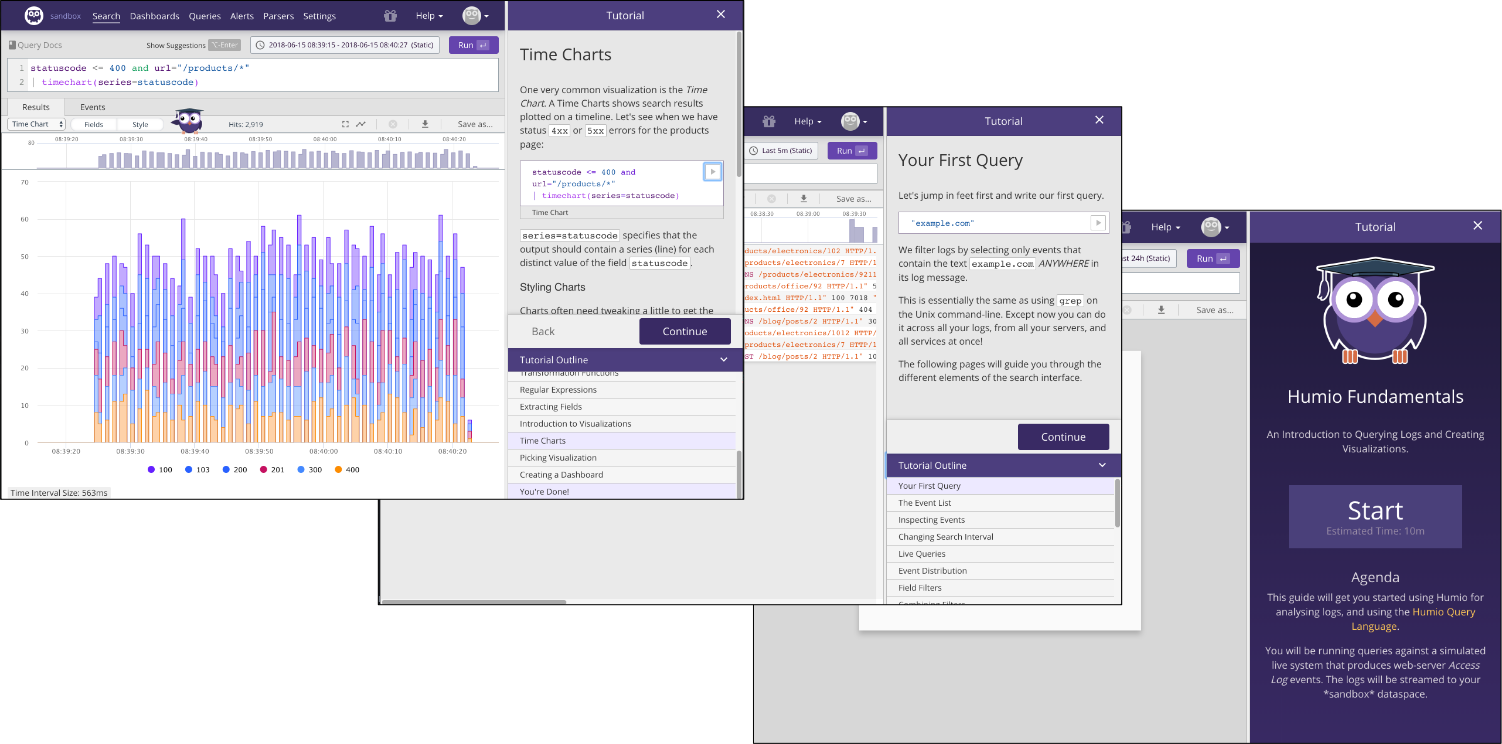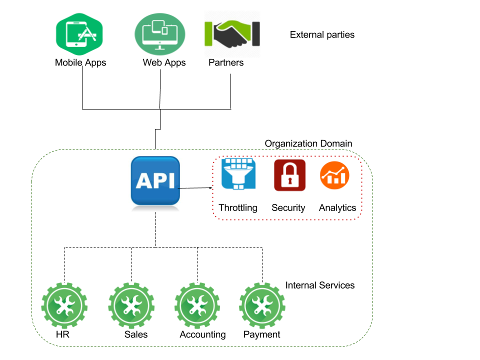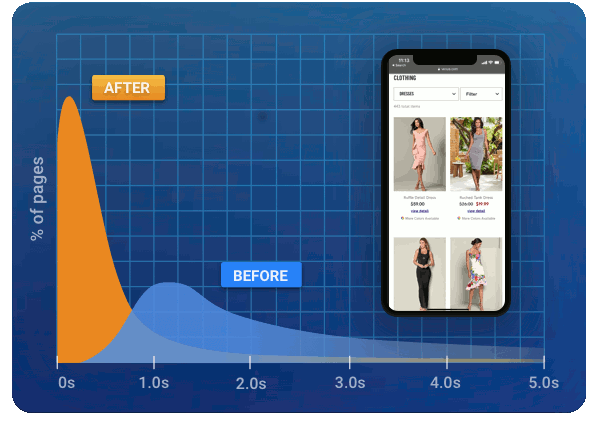The Blues Brothers and (Relative) Velocity – Have You Heard?
June of this year contained O’Reilly’s Velocity Conference 2019 in San Jose. As with anything O’Reilly it was a well done event. I’d like to share details for some of the technologies I learned about, as well as people I met. If you are interested in Web Performance or expanding your technology in such a way that you can leap frog your competition then hopefully you were there. Or you at least had your web ops and systems engineers attend. If you missed out or got a thin report from your team, read on! (And read the whole article, there are some diverse topics here.)

The Velocity Conferences have been going on for years. Yes it has gotten smaller as far as the expo hall. But for me that meant higher quality vendors and more time for some seriously interesting conversations. And fortunately the team at Fastly really did good by us. We had a large booth in a very prime location. And there was a large enough staff that we never felt overloaded or that we couldn’t give people the attention they deserved. Those that needed opportunities to shadow got them, and everyone got chance to up their sales skills. It can be rather demotivating to be in a very small understaffed booth on the very edge of the expo hall. Fastly has never done that to us that I know of and we appreciate it.
Feature Flags
The first friend I bumped into there was a great Account Executive named Steve Hodgson. He and I used to work together at Dynatrace and I always respected how much he wanted to do right by the customer. Selling “shelfware” was so contrary to his goals. He’s now working for Launch Darkly and I had a chance to talk to him and get a better understanding of what they do. If you’ve ever deployed a mobile app that was more than a packaged web page you understand the complexities of rolling out new features. The challenging part is that if you are depending on users to download a new version of your native app in order to roll out new features you’ll find that it takes a while to get people using the new version. And worse yet – if you make a mistake and deploy something that doesn’t work you have to hope you can fix it in time before more people update. And also that those that have the bad version are willing to update again rather than switch to another competing application.

Image complements of LaunchDarkly
With Launch Darkly you have the ability to code in feature flags. So when you have a new feature developed and debugged on the backend you could have already had the UI ready and deployed – but hidden. Just toggle the switch on the dashboard and in seconds turn that feature on for everyone, or even just a subset of your users. Yes, LaunchDarkly uses Fastly as part of their ADC (Application Delivery Chain). Either way no denying that it is very cool technology. Reduces risk, increases agility.
Dashboards & Logging

There are 106 miles to Chicago, we have a full tank of gas, half a pack of cigarettes, it’s dark and we’re wearing sunglasses.
–Elwood Blues
Fastly include near real-time streaming logs of the data passing through Fastly free with our standard package. Another item that makes us stand out. It’s your data and we let you stream it to a large number of different endpoints. From our extensive open documentation:
Fastly supports a variety of syslog-compatible logging providers, such as Sumo Logic, Papertrail, and Logentries. In addition, we provide a syslog endpoint specifically for sending log files to other syslog-based software (for example, to Logstash, part of the ELK stack, which supports input via syslog).
We also support other methods of sending logs besides the syslog protocol. We allow pushing of log files to Amazon S3 buckets as well as any S3-compatible providers (such as DreamHost’s DreamObjects). And we support FTP uploading.
Find our supported logging endpoints in our list of streaming log guides.
The streaming log 5 minute demo we give at Fastly is one I created to share at a sales kickoff just before I left Fastly for an adventure. The Sales Engineers use various private and SaaS logging end points when doing this demo. And I’m digressing again.

While at Velocity I had time to chat with Humio, and a much needed differentiator was their real-time observability at scale. Other solutions often claim real-time observability but you might find that it is not real-time or can’t scale. Humio did a benchmark and showed live observability of 100TB/day, 2.1M events per second! Since The New York Times reported a sustained 100k RPS on Fastly during the 2016 election to just their election map – this sort of scaling ability is amazing. (Now with Fastly you can do conditional logging or log just a percentage near real-time if you choose. But if you want everything and are scaling at Enterprise sizes the tools are out there to consume the data). Read more about Humio’s Scalability study.
I haven’t had a chance to try them out, but their service would add to showing the power of having that streaming near real-time information about what is going on at the edge.

Fastly has always felt that logs belonged to our customers. With Humio I now have a way to create quick dashboards to show near real-time business intelligence from the edge that can even leverage knowledge about what is served from the edge. I can’t wait to dive into their technology and leverage it as part of a demo.
APIs . . . you can do more!
One item that differentiates Fastly is that our speed allows you to cache APIs. A quote from Hotel Tonight really speaks to the positive impact on their expenses:
“Once we get one of our endpoints on Fastly, we see a dramatic reduction in the traffic hitting our servers–sometimes over 80%–which has allowed us to cut out additional servers.” Harlow Ward, Rails Engineering Lead
Especially if you are trying to build APIs that allow you to extend your product or service to be leveraged by new applications being designed and built by other firms.

Image complements of WSO2.
As applications evolve and micro-services become a large part of the application delivery chain it is becoming critical that a firm be able to offer up their service or data via APIs. From my brief time at PagerDuty I got to see how important a stable API. I also appreciated the value of being part of a very large ecosystem. It doesn’t take long at apievangelist.com to see how critical APIs have been to the growth of firms like eBay and Salesforce.
For firms looking to grow by leveraging their data with other firms via an integration WSO2 offers several solutions you can leverage. Those include:
- Enterprise Integration – which allows for quick integration of any app or system. They handle over 6 trillion transactions per year.
- API Management – which covers API design and deployment, analytics and governance. Their API Manager is processing 200k different APIs and connecting 20k different organizations.
- Identity & Access Management – which IMO is a must have. You need authentication and authorization. With WSO2? 50 million identities globally.
- Analytics & Stream Processing – if you can’t monitor it, you can’t manage it. WSO2’s stream processor handles 100k events per second!
I know I’m just scratching the surface, but they are offering up a type of value that I know I need to research more.
Exponential Acceleration
Our Lady of Blessed Acceleration, don’t fail me now.
–Elwood Blues
Another great conversation was with Ajay Kapur of Moovweb. They’ve put together a full stack approach to speed optimization. Labeled as an “XDN” their server-less infrastructure leverages progressive web apps and built-in server-side rendering This optimization can lead to them being able to deliver sub-second page loads for eCommerce companies. And their infrastructure and client list (market leaders including 1-800-Flowers, United Airlines, and Kirkland’s) shows they are already very active as well as capable in the enterprise space. This helps the entire customer journey from landing page to checkout. When a 1 second of delay in page load cuts conversions by 7% every 100ms is relevant. Metrics like these have been important for my entire SE career. And the median page load time for websites on the Moovweb XDN is a blazing 320 ms.

Percentage of pages that load in under a second before and after leveraging the Moovweb XDN. The retailer went from 15.25% of pages that load in under 1 second to 72.75%, resulting in a 24% increase in conversions. Clearly performance relates to conversions and those are key to revenue.
When I watched the video of Moovweb in action it reminded me of the first time I leveraged a true AJAX web application. That sort of marvel you feel at technology way beyond anything you had seen before. There was an exponentially more exciting “WOW!” feeling to see how responsive sites are that run on the Moovweb XDN are. Firms leveraging their technology find that their sites are almost 9X faster than the average IR100 (Top 100 Internet Retailers) website. With over $10 billion in eCommerce traveling through Moovweb enabled sites annually, it is something that needs a closer look.
So that’s the quick review of the exciting technologies I learned about at this year’s Velocity San Jose. Did you see something else exciting there? Let me know about it!

Editors Note: Please read the disclaimer for this blog as well as the part about it being a living document. And yes, I’ve worked a booth at a Velocity Conference 5 times.
This isn’t the first time I’ve referenced a movie as the core thread of a post. Want to know why I went with The Blues Brothers for this one? When I was watching the video of Moovweb in action, the CEO said multiple times that it was normal speed video. Not sped up at all. But it reminded me about the scene when Jake and Elwood are racing under the elevated trains at speeds nearing 120mph. The first time they did the shoot they had no one on the streets to make it safer. Unfortunately it looked just like normal speeds with the film sped up. So they had to reshoot with extras to provide perspective to how fast the cars were going. Moovweb gave me that feel. “This looks so sped up.” But it wasn’t!!!